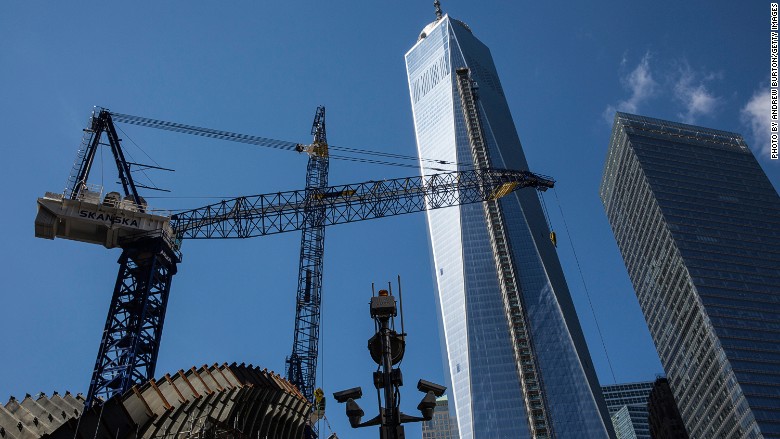
It's a scary time for the global economy.
All of a sudden the doom-and-gloom crowd has lots to crow about: China is suffering a scary slowdown, Latin America is imploding and geopolitical threats are on the rise. And the U.S. stock market is off to its worst start to a year. Ever.
Yet the optimists at Morgan Stanley believe the American economy will not only withstand this global turmoil, it may keep growing until at least 2020. That would make the much-criticized recovery from the Great Recession the longest U.S. expansion in the post-war period.
Last week during the market mayhem Morgan Stanley reiterated its 2020 call, pointing to evidence that suggests the U.S. economic expansion isn't ready to call it quits just yet.
Here's a recap of why the economy could just keep chugging along:
1.) Fundamentals are looking solid: The latest economic reports suggest the American economy continues to look like the best house in a bad neighborhood.
The U.S. added about 200,000 jobs a month in 2015, its second-best year of employment gains since 1999.
The labor strength is buoying consumer confidence, a powerful force in an economy that is mostly driven by consumer spending. The University of Michigan's consumer sentiment index averaged 92.9 last year, the highest since 2004. That's a big improvement from the 2008 low of 55.
That confidence is also driving home buying, which continues to rebound from the recession lows.
2.) Fewer Americans are drowning in debt: Consumers have been hard at work repairing their balance sheets. Morgan Stanley notes that the amount of debt relative disposable income has come down a lot. It currently stands at about 106%, down from 135% in 2008.
The ratio of payments to after-tax income has slipped near the lowest levels of the past three decades.
In another sign of improved finances, the percentage of loan balances that are over 90 days delinquent recently fell below 4% for the first time since the recession ended.
3.) Corporate America isn't overly exuberant: Morgan Stanley sees little evidence that CEOs have overextended themselves into a situation that will create a bubble. If anything, big companies are still reluctant to splurge on big items that drive growth.
For instance, capital spending declined in key sectors like energy, materials, telecom and consumer staples during the third quarter.
Morgan Stanley expects the ratio of capital spending-to-sales at S&P 1,500 companies to slip to 4.6% by the end of 2016, excluding energy and utilities. That metric stood at 6% and 9% before the last two recessions.
Big companies have also dramatically improved their balance sheets. S&P 500 companies have a very manageable $100 billion of loans coming due this year and just $300 billion in 2017, Morgan Stanley says. Nonfinancial companies in the S&P 1500 are also sitting on an incredible $1.7 trillion in cash.
Related: Is this another 2008 for the stock market?
Citigroup: 65% of recession in 2016
Of course, there's no guarantee the U.S. economy will keep growing for the next four months, let alone the next four years. The Atlanta Federal Reserve's GDPNow forecasting model thinks growth in the fourth quarter of last year slowed to an anemic pace of just 0.8%.
Other Wall Street firms are more pessimistic than Morgan Stanley. Even before chaos erupted in China, Citigroup warned last month there is a 65% of a U.S. recession in 2016.
In the longer term, the American economy is susceptible to unforeseen shocks. After all, few in 2006 thought the U.S. was about to enter its worst recession since the Great Depression.
Related: Brace for a 'rare' recession in corporate profits
If no recession, S&P 500 could soar 50%+
But if Morgan Stanley is right and the U.S. economy keeps growing until 2020, the current expansion that began in mid-2009 would take the crown as the longest post-World War II expansion, dethroning the one that took place between March 1991 and March 2001.
That would be very good news for the U.S. stock market, which is struggling to fight off another China-fueled panic attack. If the economy keeps growing, Morgan Stanley thinks corporate profit growth could lift the S&P 500 to 3,000 by 2020. That would represent a 56% surge from the index's depressing close of 1,922.


